Bulbs and wildflowers are blooming now along with some early Spring flowering trees. Not many trees nor bulbs bloom in their entirely before April begins, but this is proving to be a different kind of year. Spring of 2012 is early and at times was way hot for March.
Early bloomers that have already finished showing off for this year include:
- anemone
- crocus
- coltsfoot
- hyacinth
Some plants seem to be mixed up regarding their blooming times. Some individuals have already bloomed and died back, while others of the same kind growing nearby are just now blooming or have yet to push out their flowers. Hepatica is a good example. Some hepatica plants that are already spent were blooming last year on 14 April, three weeks later than this year. A few hepatica had both spent blossoms and flowers in bloom on 29 March 2012.
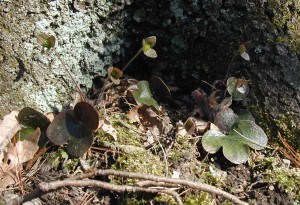
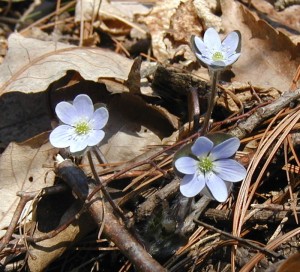
Other flowers that have bloomed for at least a week or longer and that are still blooming include:
- periwinkle
- grape hyacinth
- common chickweed
- purple dead nettle
- pennsylvania bittercress
- common speedwell
- mustards
- dandelions
A few plants have their flower buds developed and are getting ready to open today or in the next few days, including:
- tulips
- blueberry
- wisteria
Still other plants are just beginning to flower, including:
- bluets
- azalea bush
- violets
- ground-ivy or gill-over-the-ground
- strawberry
Other plants are starting to develop as their greenery is growing, but their flowers will take a couple of weeks at least to show up, including:
- mayapples
- elderberry
- brambles, raspberry, blackberry, roses
- herbs for the kitchen
The end of March has to be the earliest I’ve seen Mayapples poking out of the ground.
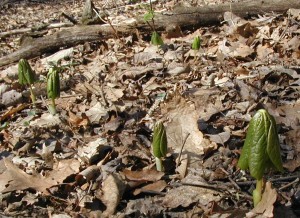
I’m curious to know with the extra warm weather and all, what early bloomers have surprised you this year? Tell us where you saw some early blooming!
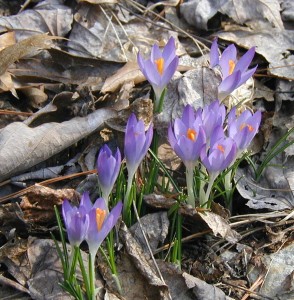
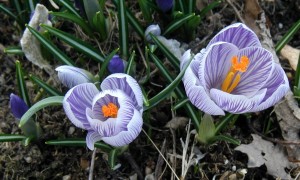

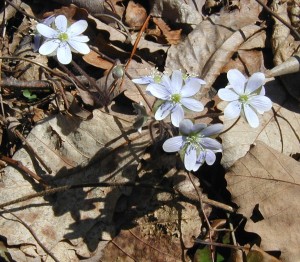

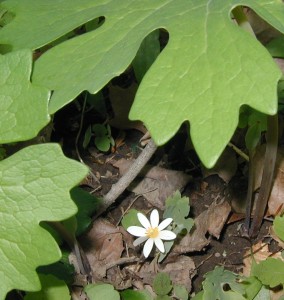
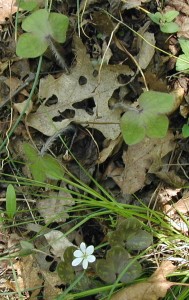
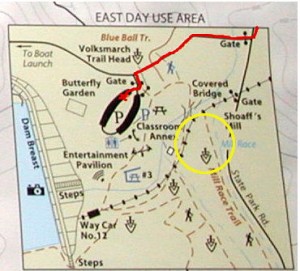
![Reblog this post [with Zemanta]](http://img.zemanta.com/reblog_e.png?x-id=b1a794b6-3587-4b7f-8965-2d73be567bac)
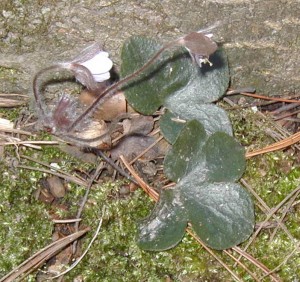
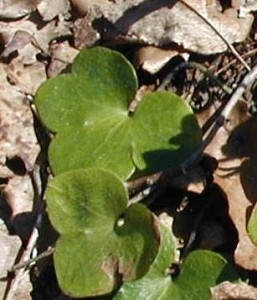
![Reblog this post [with Zemanta]](http://img.zemanta.com/reblog_e.png?x-id=6d85d7e6-9297-4134-b56f-23be97edb35f)
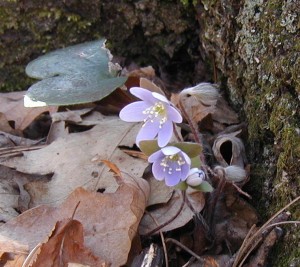
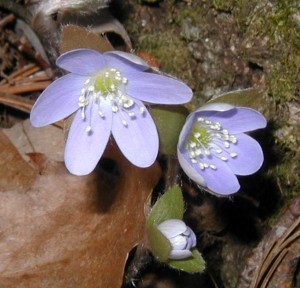
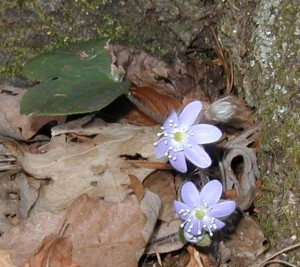
![Reblog this post [with Zemanta]](http://img.zemanta.com/reblog_e.png?x-id=e5da6eb8-0693-4e73-b044-9eb6422dbc90)